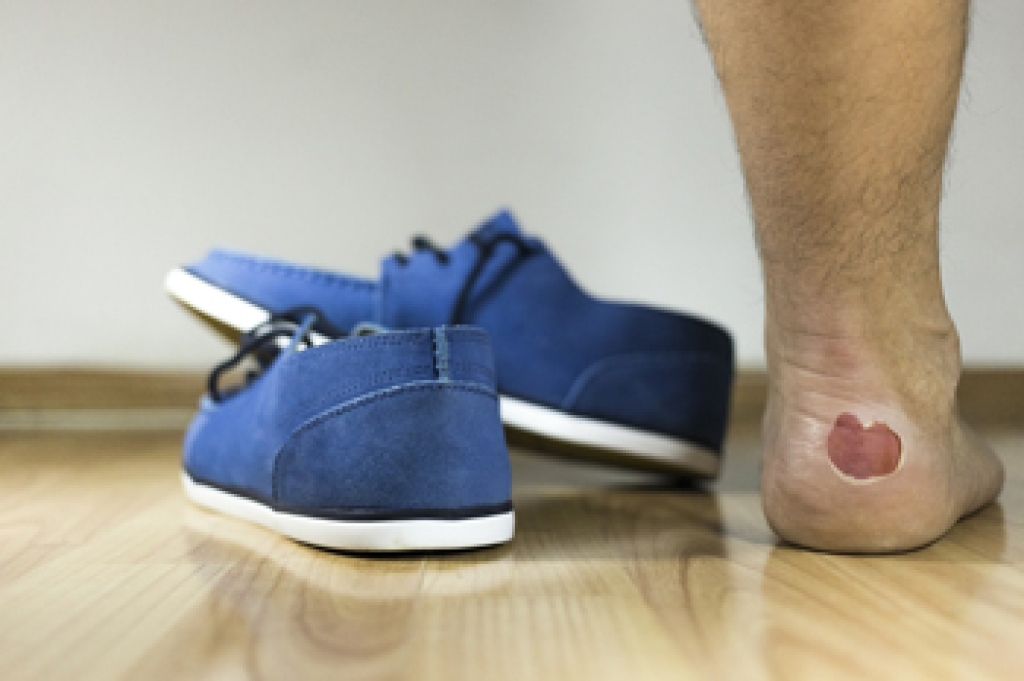
Itchy feet during pregnancy, also known as pruritus, is a common issue that can range from mild irritation to intense discomfort. Shifting hormones can increase skin sensitivity, while nerve changes and skin stretching may heighten the urge to scratch. Some women experience itchy feet due to underlying skin conditions, such as psoriasis. A more serious cause is cholestasis of pregnancy, a liver-related condition that can lead to significant itching and requires prompt medical attention. A podiatrist can evaluate your symptoms, provide soothing treatments, recommend safe skin care options, and identify signs that may need further medical testing. If you have developed itchy feet during your pregnancy, it is suggested that you consult a podiatrist for expert guidance and effective relief tips.
Pregnant women with swollen feet can be treated with a variety of different methods that are readily available. For more information about other cures for swollen feet during pregnancy, consult with Deborah Rosenfeld from Rosenfeld Podiatry. Our doctor will attend to all of your foot and ankle needs.
What Foot Problems Can Arise During Pregnancy?
One problem that can occur is overpronation, which occurs when the arch of the foot flattens and tends to roll inward. This can cause pain and discomfort in your heels while you’re walking or even just standing up, trying to support your baby.
Another problem is edema, or swelling in the extremities. This often affects the feet during pregnancy but tends to occur in the later stages.
How Can I Keep My Feet Healthy During Pregnancy?
- Wearing orthotics can provide extra support for the feet and help distribute weight evenly
- Minimize the amount of time spent walking barefoot
- Wear shoes with good arch support
- Wear shoes that allow for good circulation to the feet
- Elevate feet if you experience swelling
- Massage your feet
- Get regular, light exercise, such as walking, to promote blood circulation to the feet
If you have any questions, please feel free to contact our office located in Marlton, NJ . We offer the newest diagnostic and treatment technologies for all your foot care needs.





